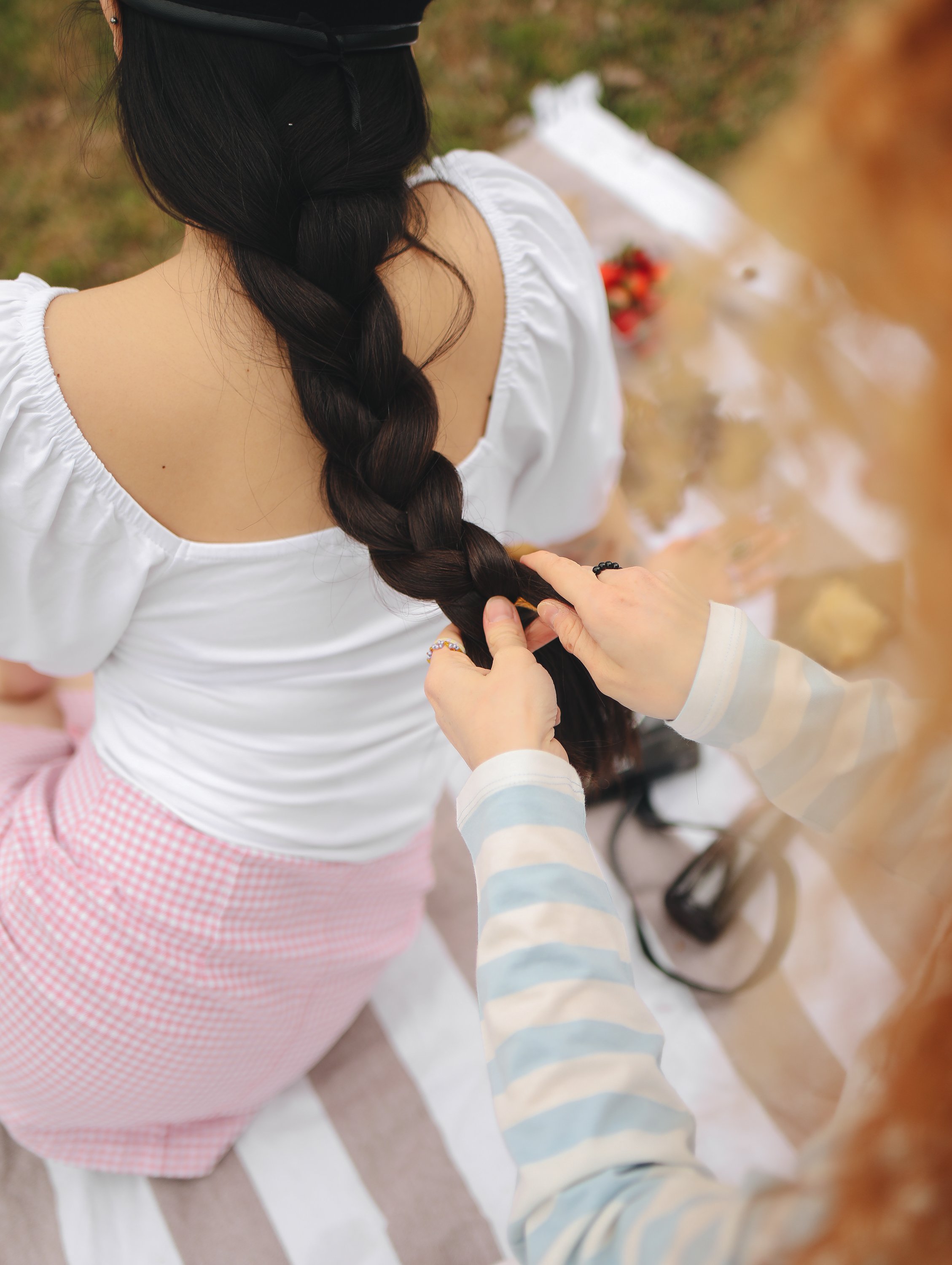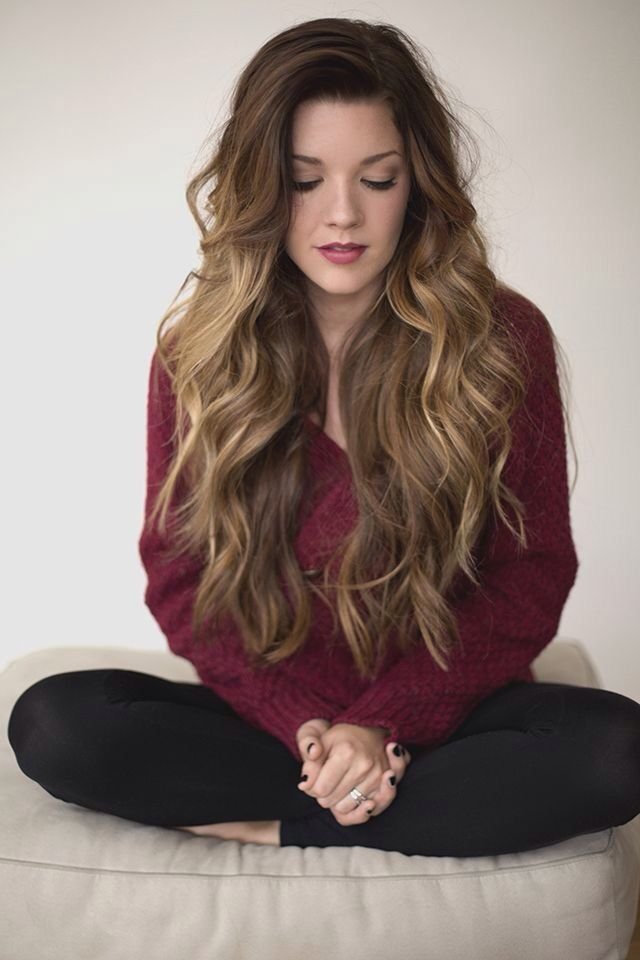Different Hair Types and How to Care for them
There are straight, curly, wavy, or coil hair types so it all depends on the person’s hair type and which hair care instructions they have to follow.
Here are different Hair Types.
1(a) Straight with some beds
1(b) Straight with a coarser texture
1(c) Very straight, fine, or thin texture
2(a) Wavy with well-defined S-shaped waves
2(b) Wavy and fine
2(c) Wavy with a slightly more defined S-shape
3(a) Loose curls
3(b) Tight and springy curls
3(c) An “S” or “Z” shape that springs back into shape when stretched
4(a) Zig-zagging coils
4(b) Tight coils
4(c) Loose coils
As hair consists of two structures the strand of the hair itself, or the hair shaft, and the hair follicle.
The cortex, the surrounding cells, and a central medulla are different layers present in the hair shaft.
The shape of a person’s hair follicle must be decided by genital factors.
Density:
The density of hair depends on the amount of hair as more hair more the density.
Hair Structure:
The thickness of the strands of the hair depends on hair structure. Different types of hair are:
Fine
Medium
Coarse
Porosity:
The capacity of a person's hair to absorb moisture is determined by hair porosity. The amount of tears or gaps in the cuticle layer determines how porous hair is. The outside layer of the hair, known as the cuticle, shields it from damage.
However, chemically or bleach-damaged hair is more porous than hair that hasn't been treated.
You should avoid strong chemicals ad high-heat treatments to let the hair recover.
General Hair Care Tips:
You can try the following tips for hair care
Shampoo: Always concentrate on the shampoo before use. Use shampoo as often as u need it. As everyone is having different types of scalp and hair so shampoo will be used more often on oily hair.
Condition: Use concentrated conditioner on the tips of the hair. A person should use a conditioner after each shampoo.
Dry: People can either use a blow dryer or wrap the hair in a towel or can air dry the hair. Natural drying can cause less damage than blow drying, but according to the research using a blow dryer at a distance of 15 centimeters and moving continually can cause less damage.
Brush: Use a wide-toothed comb on damp hair.
Shampoo and conditioner choices should be according to the hair type.
You should try to limit the following:
Weaves and Hair Extension: Lightweight weaves and extensions should be used. Hair loss can happen if people wear tightly pulled-back hair.
Chemically Treating the Hair: Try one treatment at a time, some between touchups can be avoided. As very treated hair is more prone to breakage.
Drying the Hair using a Towel: By using a towel hair cuticles can be ruffled, as this can pull or twist the hair.
Care instructions for Straight Hair:
More sebum is present in straight hair in comparison to curly hair. Sebum is an oily, waxy substance that is produced by a person's skin. Therefore, individuals with straighter hair may have a higher risk of developing oily hair than those with curlier hair.
Avoid the use of certain hair products if you are having straight hair. The products are as follows:
Oil-based styling products
Any products that are labeled for dry hair
Leave on products
Oils, such as olive, coconut, and jojoba oil.
A gentle approach must be taken for caring for straight hair.
Gentle dry the hair with a towel
Brushing or combing the hair gently
Using gentle shampoo
Care Instructions for Curly Hair:
Curl definition can be harmed by excessive brushing. As a result, individuals with curly hair may need to experiment to determine how often they should brush their hair.
Other care tips for curly hair:
Avoid dense combs and brushes
Reducing shampoo usage
Avoid heat styling tool
Air drying or using a diffuser on a blow-dryer
Hair mousses and gels can be used which are intended use for curly hair.
Care instructions for Black Hair:
Following are the tips for Black Hair:
Using conditioner at every wash
Using a hot oil treatment fortnightly
Using heat-protecting products before heat styling
Washing the hair no more than once per week
Avoiding overly tight braids, cornrows, or waves
To prevent hair damage, you can try the further caring method.
Visiting a professional hairstylist, if possible
Protecting the hair’s edges using water-based gels and moisturizers
Using a gentle shampoo to keep the scalp clean
Using conditioner to help keep the hair strong
Care Instruction for Thick Hair:
Using denser hair products will be helpful for thick hair:
Hair masks, such as avocado hair masks.
Hair gels
Thicker hair, such as coconut oil
Hair butter
Use brushes that are designed for thicker hair. These brushes have fewer spokes than others so that knots can be removed without breaking the hairs.
Care Instructions for Thin Hair:
For thinner hair, people may wish to avoid certain products which weigh down the hair.
Benefits can be taken from the following for thinner hair:
Washing the hair regularly
Only applying conditioner to the ends of the hair
Using dry shampoo







